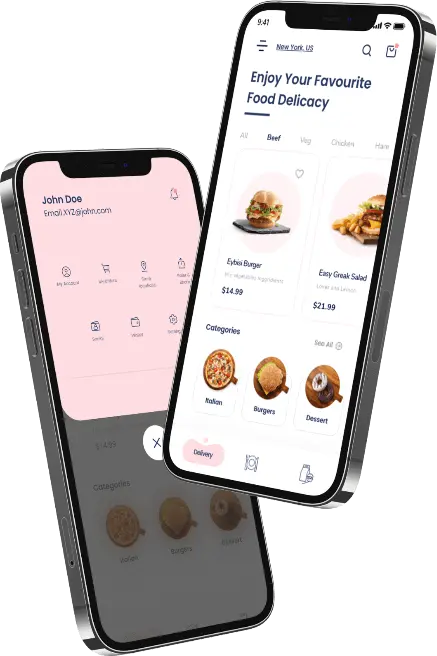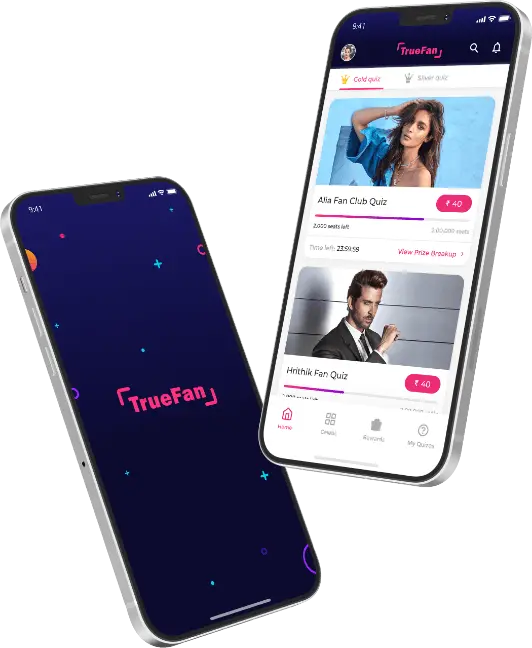31 May 2019
Updated on July 22nd, 2019
7 Points To Consider Before Beginning React Native App Development

In the growing space of technologies, the arrival of react native has blown up the mind of developers and has boosted up the native app development. Altogether, it has changed the entire picture of native app development. It’s unflagging ability to create seamless and steady native app experience has made it every developer’s desire. Many developers are striving to learn and implement this technology for creating distinct and unusual applications.
It is true that React Native is a wonderful app development framework that has made the iOS and Android app. simple by enabling a constant development in single language i.e javascript. This technology allows cross-platform app development. Surely, for creating both iOS and Android apps. There is no other better option, as the development process accounts less cost and time consumption.
If you are seeking app development with this technology, indeed this is worth making an investment. Today, various renowned brands are creating applications through this technology. The well-known apps created through it, are Instagram, Airbnb, UberEats, Skype, Walmart and more.
But wait for a second!
Do you wanna try it for creating your business app?
If you have already decided to carry out your app development with React native, I have some advice that you must consider before heading forward.
So, Take a look.
1. Set the purpose for react native application
If you are overwhelmed with the idea of creating react native app, due to the popularity and admiration of the technology. DON’T DO THIS!!
Indeed, it promises to offer perfect application, but it doesn’t mean that it is a right fit for every app and you must go along with it. Don’t perceive other’s declaration and thrust into the development.
You need to understand that there are too many technologies available in the market. but! if your pick doesn’t accomplish the purpose you are endeavoring, then there is no use of the technology. Setting the purpose forth is the key. Remember, if you are determined to create just a cross-platform app, then it can be achieved simply through WebView.
And you can publish the application on both iOS and Android platform. Though, these applications cannot offer great performance and stunning user experience. Altogether, they are not able to perform tasks that infuse complex activities.
React native also falls somewhere in this space. Though, it is fast and enables the use of underlying components that are barely accessible by other types of application.
2. Opt for effective navigation library
Navigation component in react native hasn’t replaced yet, and developers have to rely on community solutions. Understand! picking the right navigation library as per your need can be a stronger foundation for your project. So FOCUS ON choosing right and effective library before embarking on development.
In React Native, there are two types of navigation libraries, named as Native navigators and JavaScript navigators. where native navigators are designed by focusing on performance. but JavaScript navigator are made to make navigation setup easier. Similarly they work. So better to choose wisely while keeping your NEED in mind, as there is no dearth of othe external options.
3. Design Styling in React Native
Style is an essential component of app UX design, and styling is quite challenging with React. Actually, this technology doesn’t have cascade. And many properties drop their buckets when it comes about offering support and broader inheritance.
But! Don’t take it too much serious as you already know that every system has some glitches. The important point is that you have access to various alternatives to accomplish various tasks. that you want your app to perform.
Each element in this technology is flex ‘by default’. Don’t worry! due to this you will not face any problem in styling, as you keep the component size small, both styles and user interface fixes on the single page.
4. Utilize CSS-in-js wrapper library
It is true, the react native CCS is the only way for designing, and that CSS is also written in JavaScript. Indeed, it is limiting you to design more innovatively. Hey! don’t sleep on it, as you can write your code in CSS. To do this, import ‘styled component library’ instead of using “StyleSheet.create” method.
This method improves the accountability of CSS experience to react native very much, which makes ‘JSX’ look more interactive.
5. Check for Need While Using Expo-Kit
There are developers who consider using Expo-kit a solution to every problem, but they are wrong. If you have this notion then SHAKE IT OFF, because it doesn’t matter it is free and best open source toolkit for React, it brings some limitation for the project. You must know that there is no support for third-party packages in react native for the plugins with custom native module, if you are using it you will have to remove Expo-kit afterward.
Therefore, it is wise to use Expo-kit when you need a quick pick for creating app with react native technology. Altogether, you can go along with it only if it can encrust all the requirement for the development. That’s why it is better to check for need while using this package.
6. Keep a check on animation
Animation has become a center of attraction, thus app designers are trying to sync the design with it. If you are also overwhelmed with this idea then just rethink, as this technology is still under enhancement process, and animation part needs to be evolved to offer enhanced performance.
Hey! It doesn’t mean that you need to skip the idea of infusing animation, but it is very important to keep a check on the animation by testing it on the device. The react emulators are not able to offer proper feedback and you can end up with an ineffective UX design. Altogether, keep useNativeDriver = true for ensuring better performance.
7. Scale your app across different screen and devices
You must know that your app will be targeting different devices and screen sizes. It is essential that it must run on different devices perfectly. It is true that there is no possibility for creating different UX/UI design for different screen sizes, so pick small screen sizes, therefore UX/UI can be run throughout all screen sizes. Dimension API and third party package such as React Native Responsive UI can also be helpful for identifying screens.
Now, you would have understood what points you need to keep in mind while creating react native app. To know more get assistance of react native development company. Being a constant contributor, we at Techugo bring innovation and technology together and deliver finest quality app solutions. To secure a react native app, get in touch with us.
Get in touch.
Write Us
sales@techugo.comOr fill this form















